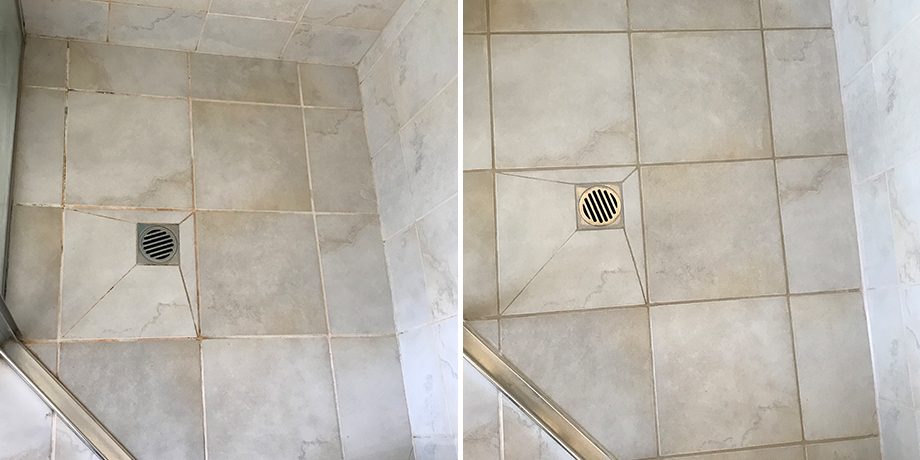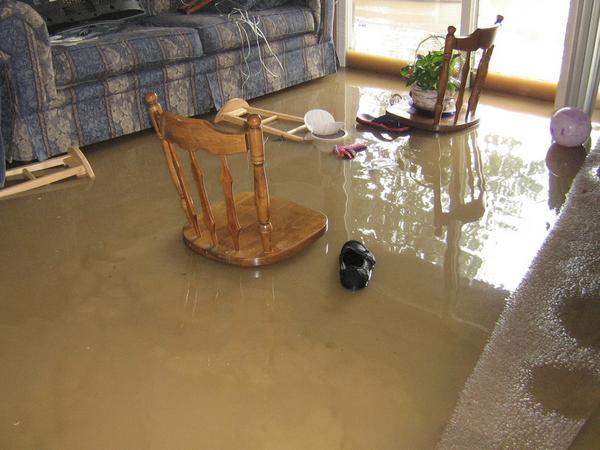How to Stop Water Damage in Your Bathroom
How to Stop Water Damage in Your Bathroom
Blog Article
Are you in search of insight around Looking for Signs of Water Damage in the Bathroom?

The bathroom is extremely at risk for damp build-up as well as prospective water damage due to the regular use water in it. This write-up offers simple evaluation methods to assist discovering water damages threats.
The constant use water in the washroom makes it exceptionally at risk for wet buildup and also possible water damages. By evaluating it regularly, you can lower water relevant problems.
The adhering to collection of examinations is very easy to perform as well as ought to be done when in every 3 months in order to maintain your washroom healthy and also to prevent possible water problems caused by the bathtub, the shower, pipeline joints and also plumbing, sinks, closets, as well as the bathroom
Do not overlook carrying out these evaluations and be thorough while executing them. Bear in mind that these basic evaluations can save you a lot of cash by supplying early indicators for water damages
Bathtub as well as Shower
The shower as well as tub call for unique interest as well as maintenance. Check the tiles and also change if broken. Make sure that there is no missing out on cement between the floor tiles. Check as well as replace broken caulking at joints where the walls fulfill the flooring or the tub. Blocked drains and also pipelines issues will prevent the bath tub from drying out as well as may indicate significant troubles below the bathtub. Consult with a specialist quickly to avoid structural damage. Take notice of stainings or soft areas around the bathtub wall surfaces as they may indicate an inner leakage.
Plumbing
Signs for water damage are tough to find because the majority of pipes are installed inside the wall surfaces.
Pay special attention to floor covering as well as walls dampness as well as stains as they might indicate an invisible plumbing issue. Check wetness degrees in adjoining areas also.
Sinks and also Cabinets
Sinks and closets are exposed to dampness and moisture day-to-day as well as are usually neglected. Evaluate frequently under the sink and also on the counter top over it. Repair any type of drip in the catch as it may recommend drainpipe problems. Browse the sink, slow-moving draining pipes might indicate a blocked drainpipe. Replace sink seals if they are fractured or loose.
The Commode
The toilet is an at risk water junction. Inspect the water lines and search for leakages around the toilet seat, in the tube, and under the water storage tank. If you detect any type of indicators of wetness on the flooring around the toilet, check for leakages in the toilet rim as well as storage tank seals.
Know that hanging commode dish antiperspirants increases the chances for clogs.
10 TIPS TO PREVENT WATER DAMAGE IN THE BATHROOM
The average household uses approximately 80-100 gallons of water per person per day. For a family of 4, that's almost 2,500 gallons of water a week! The largest portion of this consumption comes from bathroom use. Flushing the toilet uses the most water, followed by taking a shower or bath. With that much water running through the home, water damage in the bathroom is bound to happen. Knowing how to spot signs of a water leak is essential to preventing long-term damage. This guide provides you with tips to reduce the impact of water damage on your bathroom.
CAUSES OF BATHROOM WATER DAMAGE
Pipe breaks are the most common cause of water damage we see in our daily jobs. The age of a pipe plays a large role in a pipe break as well as corrosion. Over time, the metal begins to break down, allowing water to escape. Frozen pipe breaks are also a concern in the winter months. Toilet overflows caused by paper products or children flushing inappropriate items. Degraded caulking around the toilet or bathtub can allow water seepage, sometimes behind the fixture, into the subfloor or walls. Condensation forms when the water in a pipe is cooler than the air temperature. Beads of water form on the exterior of the pipes, sometimes so much so that the water begins to drip and pool below. Sink or shower backups created by poor drainage. HOW TO PREVENT WATER DAMAGE IN YOUR BATHROOM
Inspect your toilet supply line for worn or frayed hoses and replace them as needed. Winterize your plumbing to prevent a frozen pipe break. Use vent fans to prevent condensation that can lead to mold growth. Routinely check and replace degraded caulking around your toilet or bathtub. Increase the temperature in your toilet tank and insulate your pipes during the warm summer months to keep condensation from forming. Use child safety locks on the toilets. Flush only toilet paper. "Flushable" wet wipes are actually not good for your plumbing system. Additionally, feminine hygiene products should not be flushed. Prevent water from escaping the tub or shower. Make sure shower curtains are in good condition. Inspect shower doors and replace the seal strip if necessary. Wipe up any water that accumulates on the floor and use bath mats. Water left to sit can cause damage to the tiles and flooring. Refrain from using bath products containing heavy oils to avoid a clogged drain.

I recently found that blog entry on How to Prevent Bathroom Water Damage while doing a search on the internet. Loved our article? Please share it. Let somebody else find it. Thanks a lot for your time. Visit again soon.
Visit Our Site Report this page